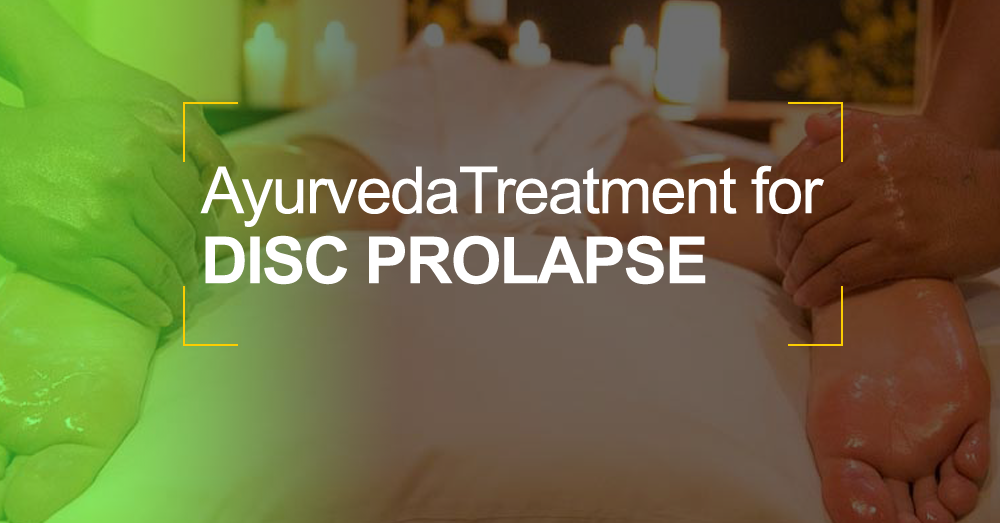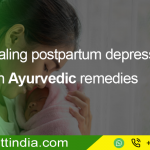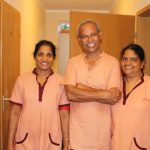
Intervertebral Disc Prolapse
Intervertebral Disc Prolapse: Invertebral Disc Prolapse can be defined as a tough fibrous pads bonding each of the spinal vertebrae i.e. backbones. Intervertebral disc are made up of a tough outer layer of ligament, the annulus fibrosis and a soft gelatinous core. The role of Intervertebral Disc is to be a shock absorber and cushion the vertebrae during the movements of the spine and to mellow harshness when jumping or running.
Causes of Disc Prolapse :
- Disc Slip can generally occur from general wear and tear, it generally happens out of a job that requires constant sitting.
- It can also happen while performing jobs like lifting things.
- Painful Injury to lumbar discs usually happens when lifting and bending at the waist.
- Genetics also plays a major role in disc problems.
- Any disc in the entire spine can prolapse or burst, the most common ones are that which occurs at the lowest two.
- The disc themselves have no nerve supply, it is only when the disc prolapses and presses onto a nerve or some of the vulnerable part of the spine, the pain can be noticed.
- If the disc bursts, then it won’t be normal again, such patients are always prone to further bouts of acute pain.
It may also include:
- There will be little or no pain if the disc is the only tissue injured.
- Severe pains in the thighs, knees or feet.
- Pain that radiate into the region served by affected nerve roots that are irritated or impinged by the herniated material.
- In cases where the herniated disc is in the lumbar region, the patient may also experience, pain usually continuous or at least continuous at a specific region of the body.
Ayurvedic Treatment
Ayurvedic treatment aims at reducing the dryness and to bring back the sneha guna, elasticity and to re-hydrate the disc, removing the osteophytes also called the mala roopa kapha.The process consists of vataharam and kaphaharam in initial stages and brmhanam in later stages to nourish the disc.
Intake of Ayurvedic Medicines
The intake of herbal medicines strengthens the nervous system and specifically the Para-vertebral muscles of the BACK. In doing this, the compression of the inter-vertebral disc is reduced and there by relief is attained in all related symptoms.
Local Measures – Sthanika Chikitsa
- It sets the alignment of bones and the herniated disc is restored to its original position.
- Gives relief to myo-facial spasm.
- Rectifies disc de-hydration and is a healing procedure for the restored disc.
- It boosts para spinal muscles, both the discs and also completed rejuvenation for the whole spine.
- It restores back mobility.
MATT INDIA AYURVEDA CENTRE
GET FREE CONSULTATION !
TREATMENT | SUGGESTION | PACKAGES | ROOM TARIFF







